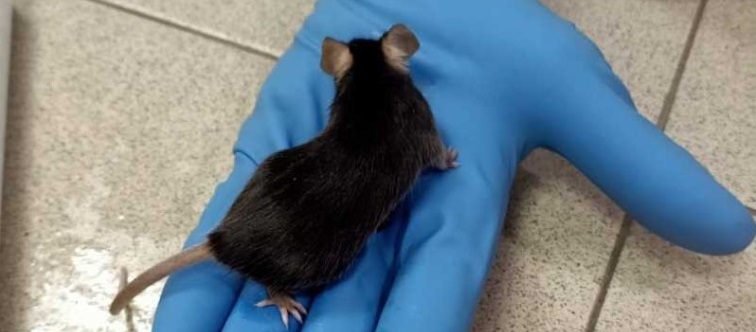
A study by scientists from St. Petersburg led by Igor Mokrousov showed on a mouse model that the success of tuberculosis treatment critically depends on the correct choice of therapy and its strict adherence. The development of resistance is not an inevitable result of long-term treatment, even when it comes to the most virulent strains of Mycobacterium tuberculosis. With correct and continuous therapy, resistance mutations are not selected, and this increases the chance of a cure.
On October 28, 2024, the scientific news portal PCR.NEWS published a publication "On mice, people and resistant Koch's bacilli". It describes a recent article in the journal Environmental and Biomedical Sciences (Elsevier and the Chinese Center for Infectious Disease Control) devoted to the study of tuberculosis chemotherapy in a mouse model.
C57BL/6 mice were intravenously infected with multiresistant strains of M. tuberculosis of various genotypes and then subjected to correct and continuous treatment. The chemotherapy course took into account the resistance of the strains to first- and second-line drugs and included new-generation antibiotics. For each strain, there were two groups of animals (20 mice in each), which were observed for 200 days after infection. The first infected group was the control, and the second received an adequate chemotherapy regimen - orally 5 times a week, for 6 months. After 77 and 177 days of therapy, 6 animals from each group were euthanized and their lungs were examined, in particular, histologically and microbiologically, and the isolates recovered from the lungs were subjected to whole genome sequencing (WGS). WGS analysis did not reveal any mutations conferring resistance to the antibiotics used, even in a small proportion of short sequencing reads. The authors of the study concluded that proper and continuous treatment is critical and that early genomic detection of resistance, ideally directly in the patient's clinical material, is necessary.
At the same time, the study's leader, Igor Mokrousov (St. Petersburg Pasteur Institute), notes that "the glass is both half full and half empty: although the bacterial load decreased, bacteria from the lungs of mice still grew after 6 months of therapy." A recent British study of respiratory aerosols from cured patients showed that a third of the samples contained bacteria even 6 months after successful treatment. “This finding, as well as the fact that tuberculosis is a latent disease in most infected people, emphasizes, in my opinion, the unrealistic goal of “eliminating” tuberculosis as a whole, and especially by 2030, formulated at various medical and political levels,” says Igor Mokrousov.
PCR.NEWS: https://pcr.news/novosti/o-myshakh-lyudyakh-i-rezistentnykh-palochkakh-kokha/
Reference: Mokrousov I., Vinogradova T., Dogonadze M. et al. What mice can teach us about how to stop drug-resistant tuberculosis: correct chemotherapy regimen and patient compliance are the key. Biomedical and Environmental Sciences, 2024, 37(9): 1086-1090. doi:10.3967/bes2024.084
https://pubmed.ncbi.nlm.nih.gov/39402001/
Photo: Tatiana Vinogradova